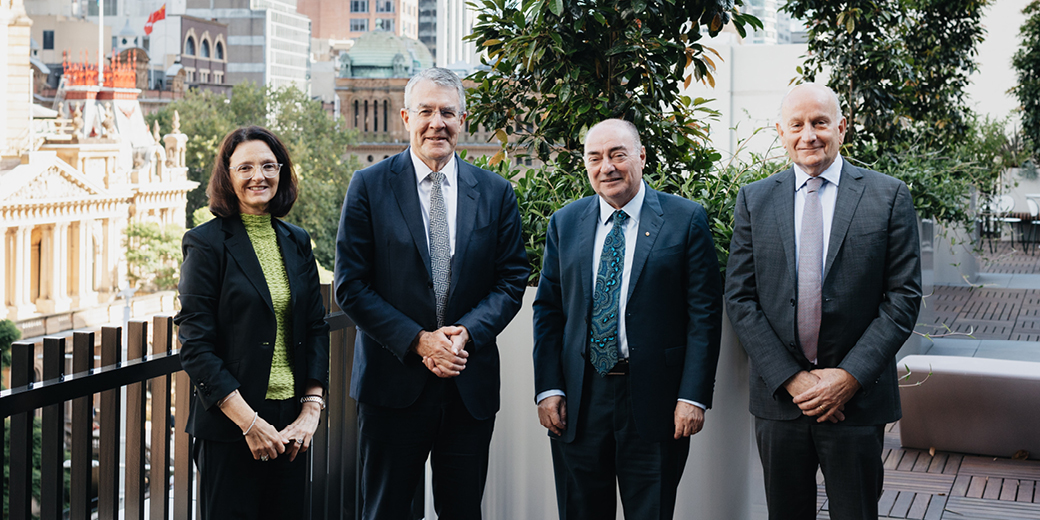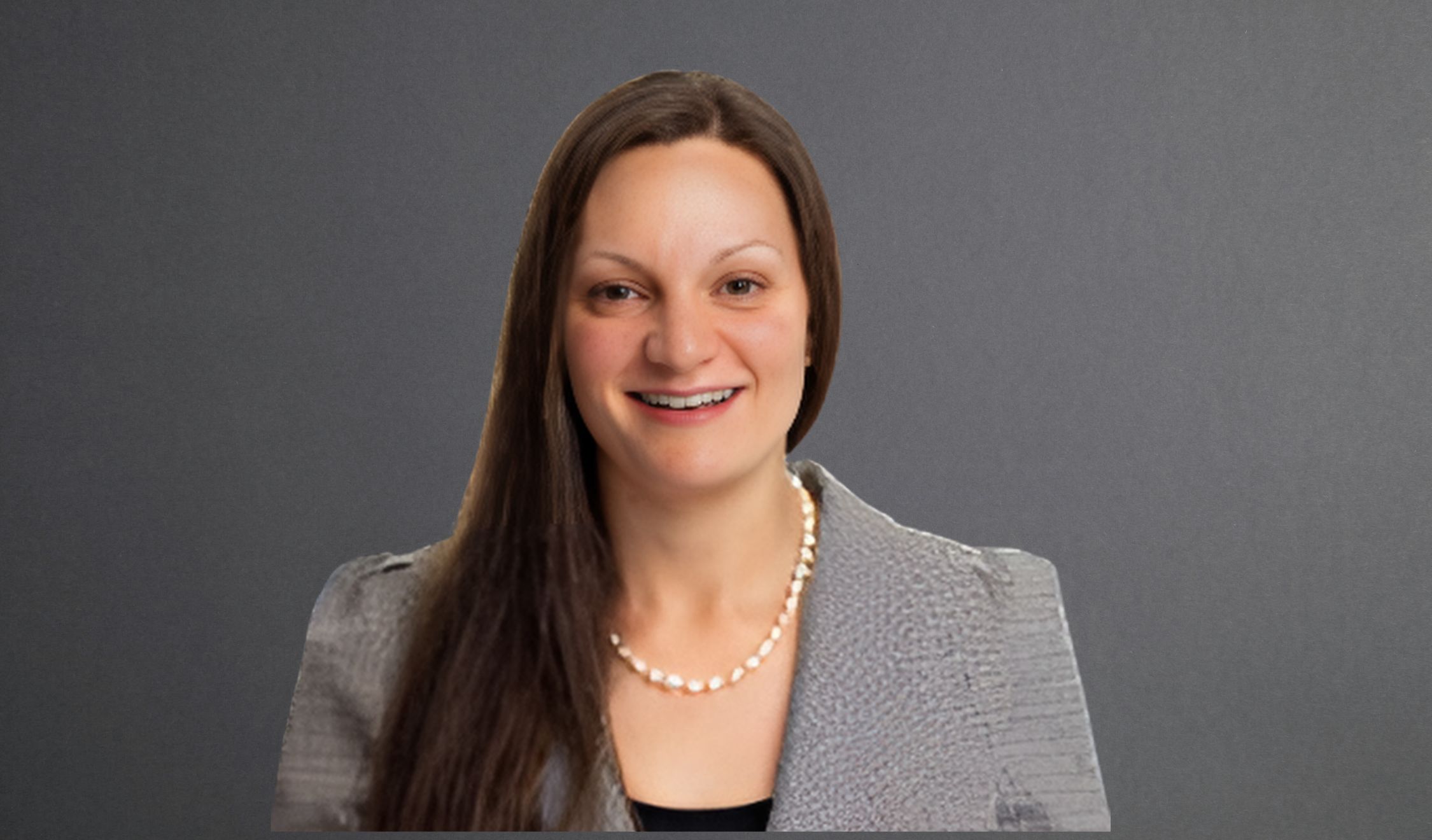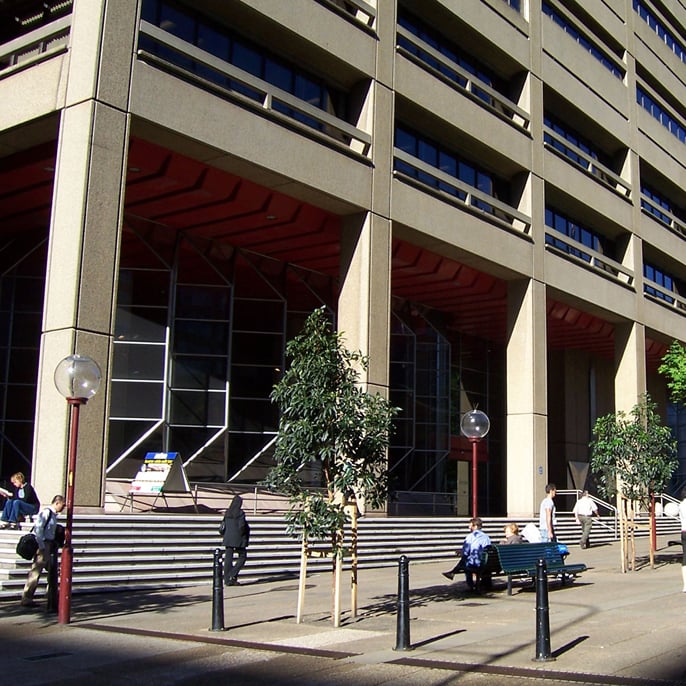The NSW Supreme Court's new Protocol Relating to Costs and Costs Capping in Probate Proceedings (‘Protocol’), effective 21 July 2025, represents a notable shift in estate litigation. It upends a long-held assumption: that should you be involved in estate litigation as an executor, you could expect an unqualified order of costs.
Under the Protocol, no party has an unqualified right to cost recovery, and the Court may impose its own limitations across all estates, not just those valued at less than $1.5 million. For smaller estates, maximum costs orders are now expected, with practitioners facing continuing disclosure obligations and rigorous early scrutiny of cost proportionality.
The message is clear: estate litigation fees will be subject to more oversight. In response, lawyers should revise retainer letters, identify vulnerable matters, and communicate candidly with clients about potential caps.
We spoke to Josephine Pignataro, accredited specialist in Wills and Estates Law and partner at HWL Ebsworth, to unpack these changes.
The NSW Supreme Court's new Protocol
“The Protocol applies to all proceedings in the Supreme Court's Probate List concerning an application for probate or administration,” Josephine explains. “This includes interlocutory or ancillary applications in relation to a deceased estate.”
According to Josephine, the protocol provides a structured and proactive framework for dealing with legal costs in probate proceedings.
“The Protocol emphasises early disclosure, proportionality, and cost-capping orders. Notably, unless the Court otherwise orders, each party to proceedings is under a continuing obligation from the commencement of the proceedings to inform the Court in writing if the net value of the estate in question is less than $1.5 million,” Josephine says.
“If the estate has a net value of less than $1.5 million, the Court may make a maximum costs order pursuant to the Uniform Civil Procedure Rules (UCPR) r 42.4.”
Beyond this, the Protocol sets forth general guidance regarding cost-capping. This applies to all estates.
“It also sets out some standard Orders in relation to costs-capping,” Josephine says.
A proactive framework for probate costs
According to Josephine, the Protocol sets out a more proactive framework than what preceded it.
“It could be said that dealing with costs in the past was more reactive, given that they were largely reviewed or assessed at the end of a matter or by way of an application under UCPR r42.4,” she observes.
“The Protocol shows the Court's commitment to dealing with the issue of costs and the overriding purpose set out in s56 of the Civil Procedure Act 2005 (NSW), being to facilitate the just, quick and cheap resolution of the real issues in the proceedings.”
Applying the principles of achieving ‘just, quick and cheap’ dispute resolution to probate proceedings means upending longstanding assumptions.
“Importantly, it is noted that the Protocol sets out that no person should expect to have an unqualified entitlement to an order for costs either out of an estate or otherwise,” Josephine says. “Further, the Protocol places all parties on notice that the Court may, of its own motion, limit the recovery of costs in matters. This is not limited to where the estate has a net value of less than $1.5million.”
This provides substantial protection for lower-value estates, preventing their value from dwindling under the pressure of costs.
“Previously, there was a view on the part of parties to proceedings, sometimes erroneously, that a successful beneficiary/claimant had an entitlement at least to party/party costs out of the estate and an executor had a right to indemnity costs out of the estate,” Josephine explains. “The Protocol sets out squarely that this view should no longer be held.”
“The specific problem the Protocol is designed to address is where the value of the estate is basically eroded due to legal costs, leaving little for the beneficiaries.”
What Practitioners Need to Know: Practical Implications of the Protocol
Given the significance of these shifts, it’s important to understand the scope of the Protocol.
“The changes only affect proceedings in the Probate List, not grants of probate and administration,” Josephine says. “However, the Protocol does apply to existing matters in the Probate List, unless the Court otherwise orders.”
“If orders are made in preparation for cost-capping, a costs disclosure statement must be prepared and filed, and ideally kept current. Practitioners should be aware when the net value of the estate is at risk of falling below $1.5 million and promptly notify the Court in writing if this is the case.”
In line with these changes, Josephine thinks it is prudent for practitioners to prepare for a much more active approach from the Courts.
“Practitioners should expect Registrars and Judges to actively consider cost proportionality early in the proceedings,” said says. “Discovery and subpoena processes will be tightly managed.”
Earlier disclosure should also be considered.
“Practitioners should revise retainer letters to explain the potential cost-capping and limits on estate indemnities,” Josephine advises. “They should also identify files where the estate value is or is likely to be under $1.5million. Communication with clients is always key, and practitioners should advise clients in existing matters about possible caps.”
The Protocol represents a significant recalibration of estate litigation practice in NSW — one that demands both vigilance from practitioners and realistic expectations from all parties about cost recovery.
For more probate updates, head to the Australian Probate Report 2025 coverage here.


















































![How to handle Direct Speech after Gan v Xie [2023] NSWCA 163](https://images4.cmp.optimizely.com/assets/Lawyer+Up+direct+speech+in+drafting+NSW+legislation+OCT232.jpg/Zz1hNDU4YzQyMjQzNzkxMWVmYjFlNGY2ODk3ZWMxNzE0Mw==)


















































